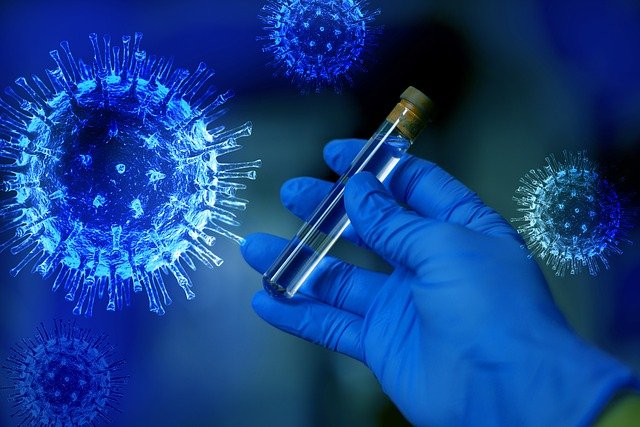Research May Confirm a Link Between COVID-19 and Parkinson’s Disease
COVID-19, the novel coronavirus that has caused a global pandemic, has recently been shown to have similarities to Parkinson’s disease. A study published in the journal Nature has found that the symptoms of neurodegenerative diseases and SARS-CoV-2 are similar. Researchers have been reviewing the findings, the biological factors involved, and observations of the changes in cooperative binding of Alpha-synuclein (αS) – a neuronal protein that regulates synaptic vesicle trafficking and subsequent neurotransmitter release – in order to gain insight into links between these two conditions and the evolving need to characterize molecular interactions and monitor binding events.
N Protein and αS Aggregation
N proteins are not well-studied proteins. However, they are known to interact with αS and alter the aggregation of the protein in an amyloidogenic manner. In the study published by Nature, researchers looked at how N proteins influenced αS aggregation in vitro and in vivo.
The researchers found that while αS aggregation was unchanged in the presence of spike proteins over more than 240 hours, it rapidly changed when N-proteins were present. After 240+ hours of observation, there was only one peak at a much higher level before plateauing again, with no further changes observed for two days until the next sample testing period began.
Dual-Stage αS Aggregation
After observing the peptide aggregation in vitro, researchers observed how it aggregated in vivo. They found that in the presence of N proteins, there were two stages of αS aggregation. The initial stage was rapid and amyloidogenic, while the second stage was slower. The initial aggregation in the presence of N proteins results in amyloid fibrils while the latter, slow aggregation yields αS oligomers.
Amyloid Fibrils and Proteostasis
The amyloid fibril formation observed in the presence of N proteins is due to the aggregation-prone nature of αS. Proteostasis, which refers to any mechanism that allows a protein to fold and function properly, is unable to keep up with the aggregation of αS. The accumulation of amyloid fibrils then overwhelms the proteostasis network, leading to cell death.
Overall, the N protein promotes the formation of αS amyloid fibrils, but it maintains the structure of these filaments. Proteostasis cannot keep up with the aggregation of αS.
Conclusion
The study found that the symptoms of neurodegenerative diseases and SARS-CoV-2 are similar; particularly, the biphasic aggregation of αS was observed in both. The study found that N-proteins may promote the formation of αS amyloid fibrils, which overwhelms proteostasis in cells. Results suggest that the link between the SARS-CoV-2 virus and Parkinson’s Disease may have similar origins at the molecular level.
While studies are ongoing, research suggests that therapies developed to treat neurodegenerative diseases may also effectively treat COVID-19. The similarities between COVID-19 and Parkinson’s Disease may have been overlooked due to the recent emergence of the virus. The potential for overlap between COVID-19 and other neurodegenerative diseases should be further investigated. This research is important as it may not only aid in the development of therapies to treat COVID-19 but also provide critical information towards the development of vaccines.
Sources:
https://link.springer.com/article/10.1007/s42485-021-00057-y

